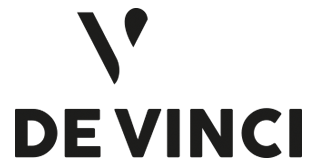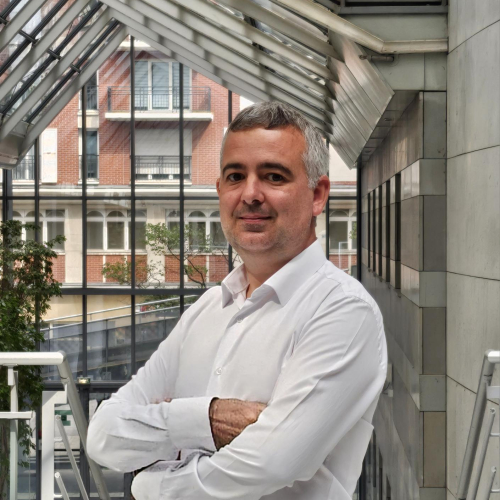@conference{kergozien_3070,
title = {Innovative Methods for Aligning and Comparing Dental Scans},
author = {Iris KERGOZIEN and Nicolas Lebon},
url = {https://u-paris.fr/odontologie/journee-de-la-recherche/},
year = {2024},
date = {2024-07-01},
booktitle = {2ème Journée de la Recherche en Odontologie},
address = {Montrouge, France},
organization = {Université Paris Cité},
abstract = {CAD/CAM technologies have driven substantial progress in dentistry, replacing traditional plaster by a digital chain mainly using STL files. The first step in this chain is the digitization made by IOS, which allows a transition from the real world to a digital model.
Initially, the STL files issued of the IOS's intended as a support to design the prostheses. They also have proven valuable for comparing geometric and dimensional differences between two files, aiming determining the quality of IOS's or/and also between different dental protocols.
Following a bibliographic study of the scientific literature, two main methods of comparing by superimposing STL files emerge: 1) the use of a best-fit algorithm and 2) adding physical geometric elements (landmarks), such as spheres, cylinders and cones, on the dentition to be scanned.
On one hand, best fit algorithm relies on the scanned surface range. When applied to full-arch models with additional surfaces like part of palate, gum, it results in a loss of precision. Also, it is necessary to take into account the biases of the variability of the scanned surfaces, the complexity of the geometry, and its sensitivity to digitization errors. However, it's a simple and readily applicable method. For instance, it enables to create colored maps illustrating differences between the files, determine minimum and maximum recorded values, and compute the standard deviation.
On the other hand, using geometric landmarks allows us to measure deviations, linear distances, spatial distortion and cross distances, between particular points of the landmarks (centers of spheres, head of cones, cylinders axis). Finally, overall or local trueness computation is possible. This method ranging from measuring arch opening to torsion allows great precision and repeatability, but is very difficult to implement in vivo.
My research works focuses on introducing an effective protocol solution. This involves proposing a hybrid post-processing method to integrate virtual reference geometries directly onto scans. Ultimately, this method aims to achieve the same results as landmark-based approaches, either without explicit landmarks or through a combination of localized best fit and geometric landmarks.},
keywords = {},
pubstate = {published},
tppubtype = {conference}
}















